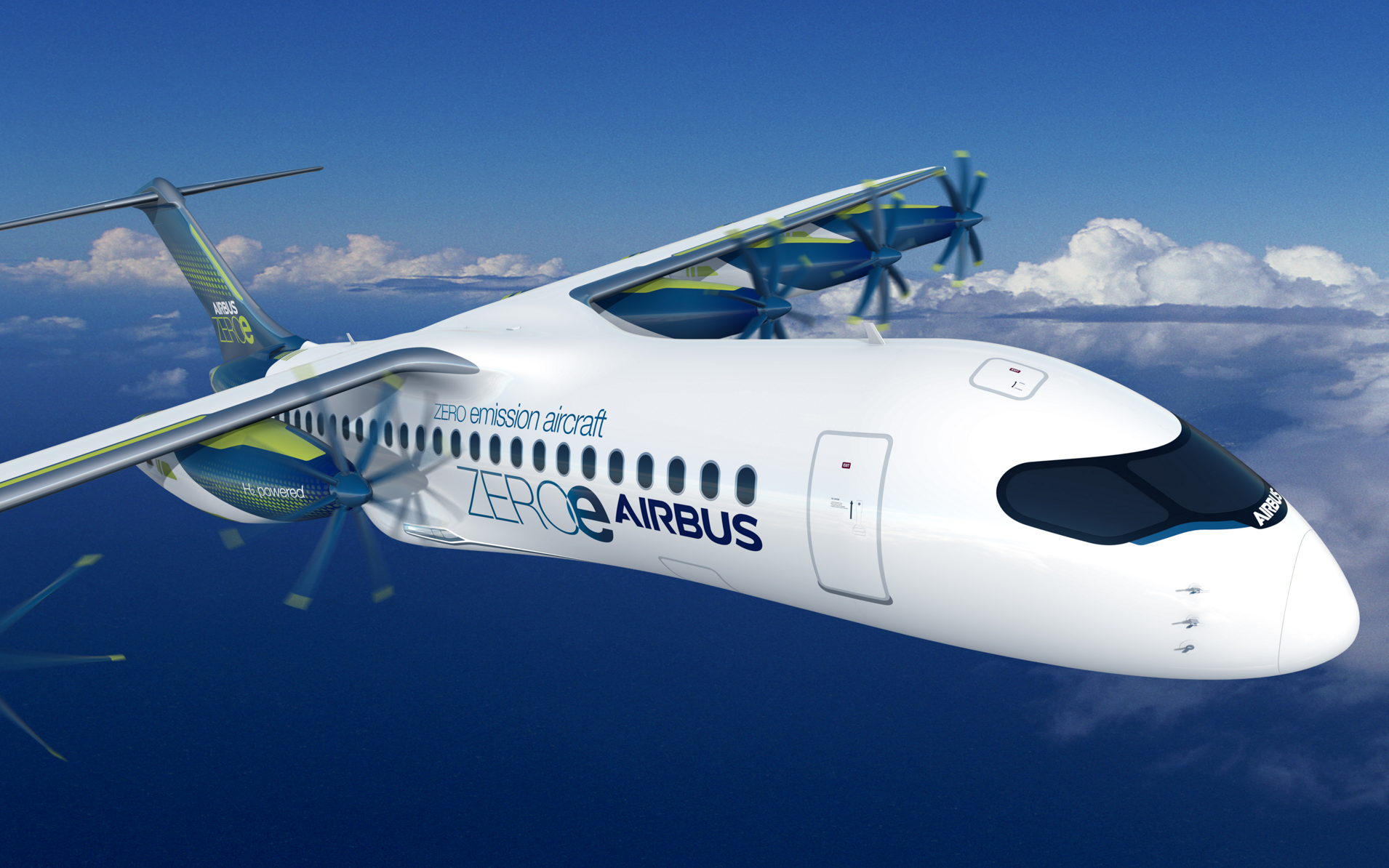
Credit: Airbus
Electric- and hydrogen-powered aircraft have the potential to cover a significant part of the intra-European Union passenger market by 2040 but policymakers need to support the development of aircraft and infrastructure, a new report concludes. The report by consultants Deloitte determines that...
Subscription Required
This content requires a subscription to one of the Aviation Week Intelligence Network (AWIN) bundles.
Schedule a demo today to find out how you can access this content and similar content related to your area of the global aviation industry.
Already an AWIN subscriber? Login
Did you know? Aviation Week has won top honors multiple times in the Jesse H. Neal National Business Journalism Awards, the business-to-business media equivalent of the Pulitzer Prizes.





